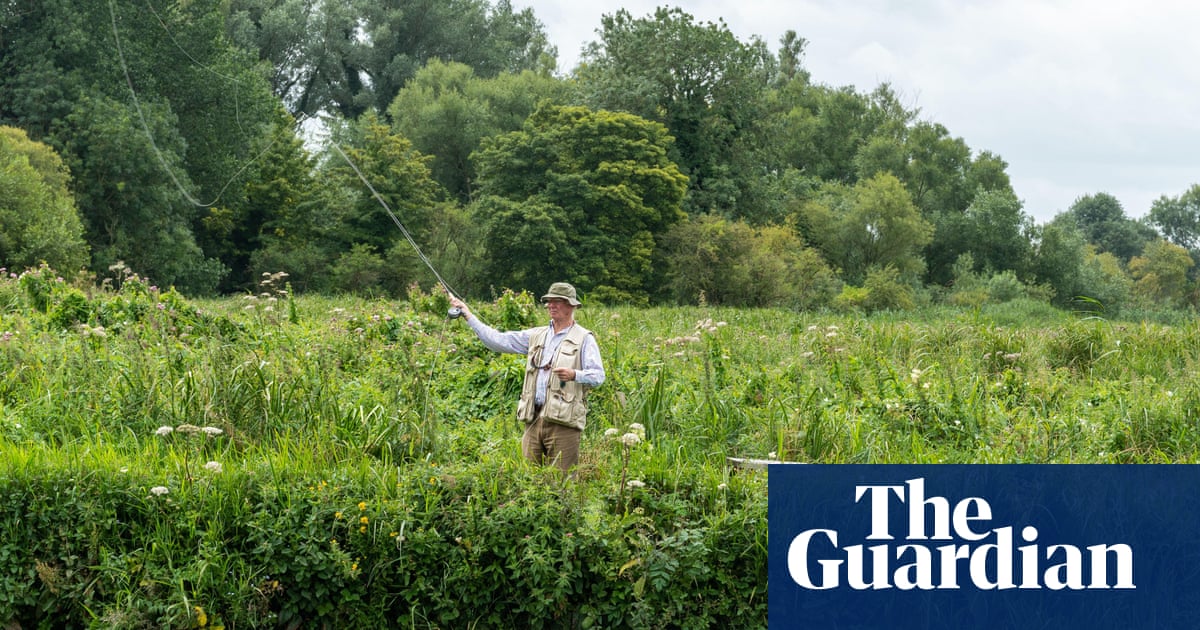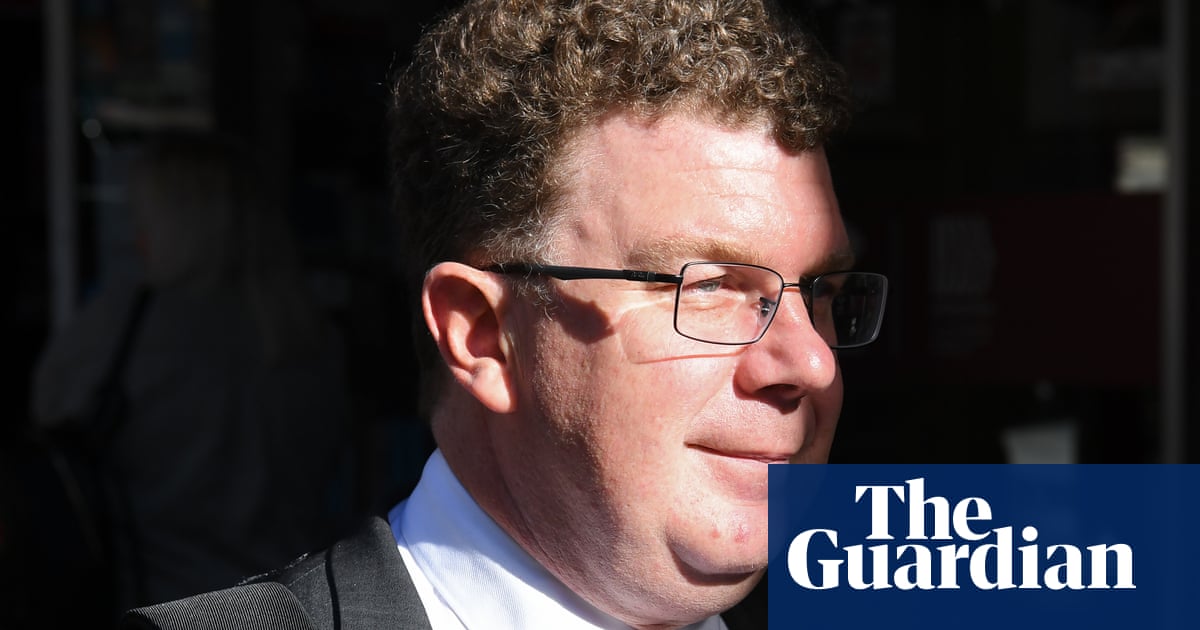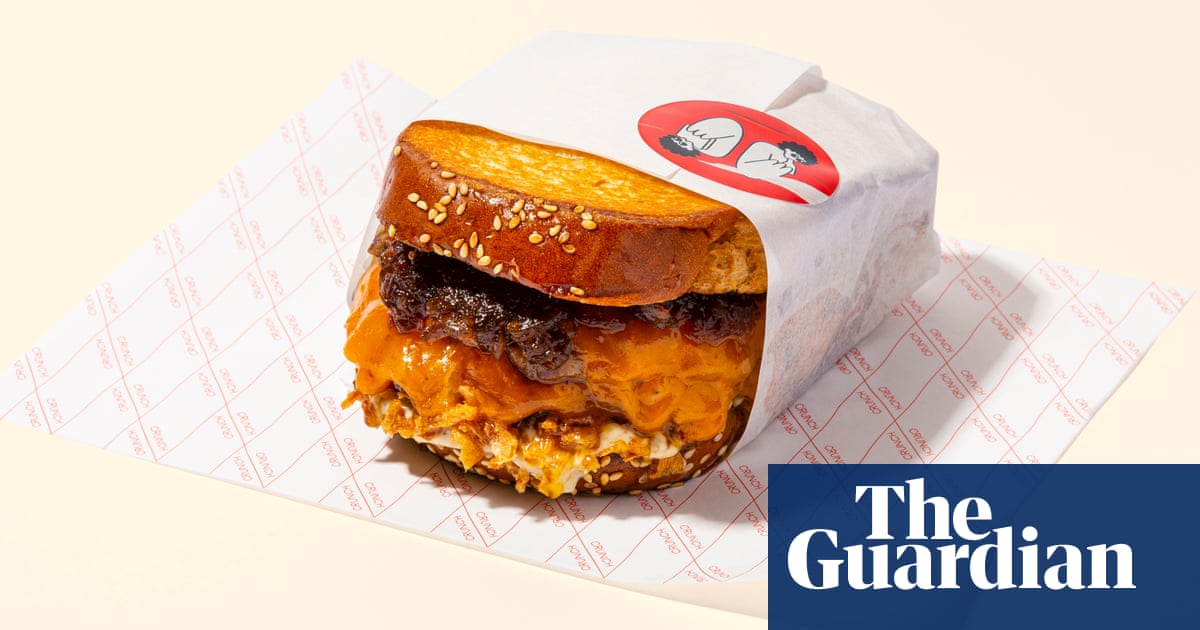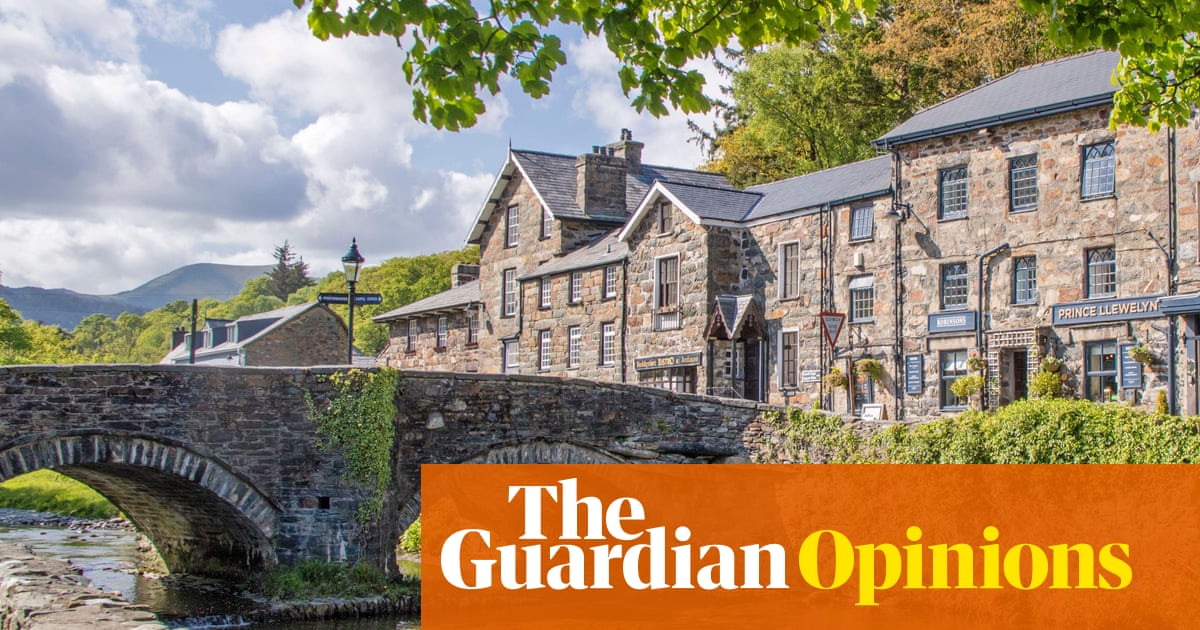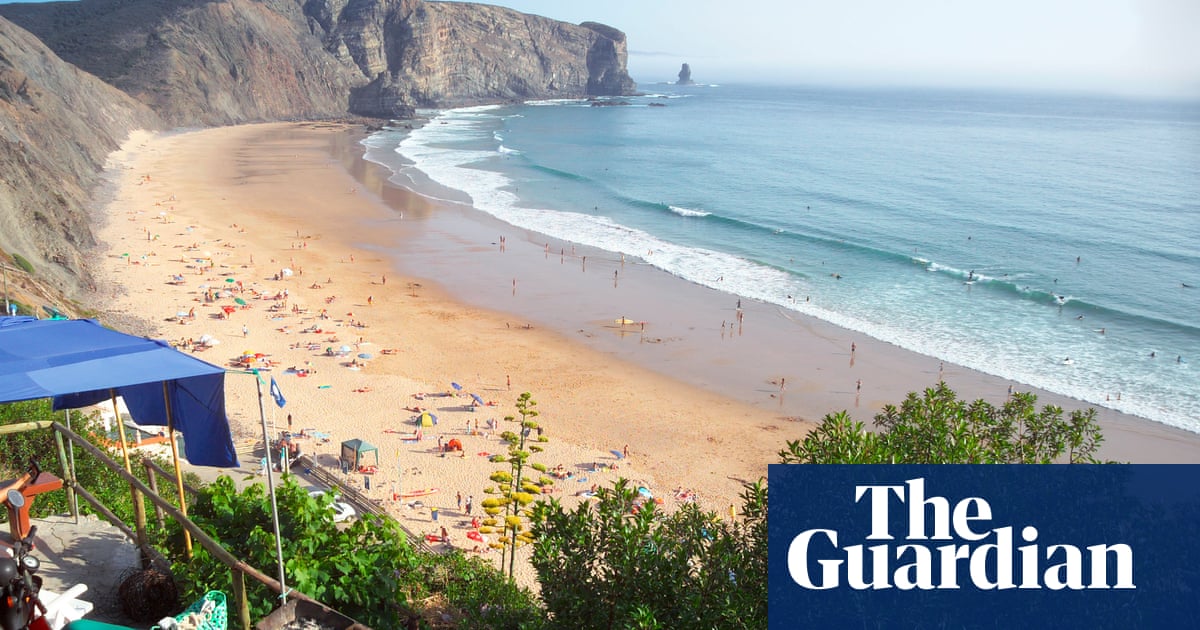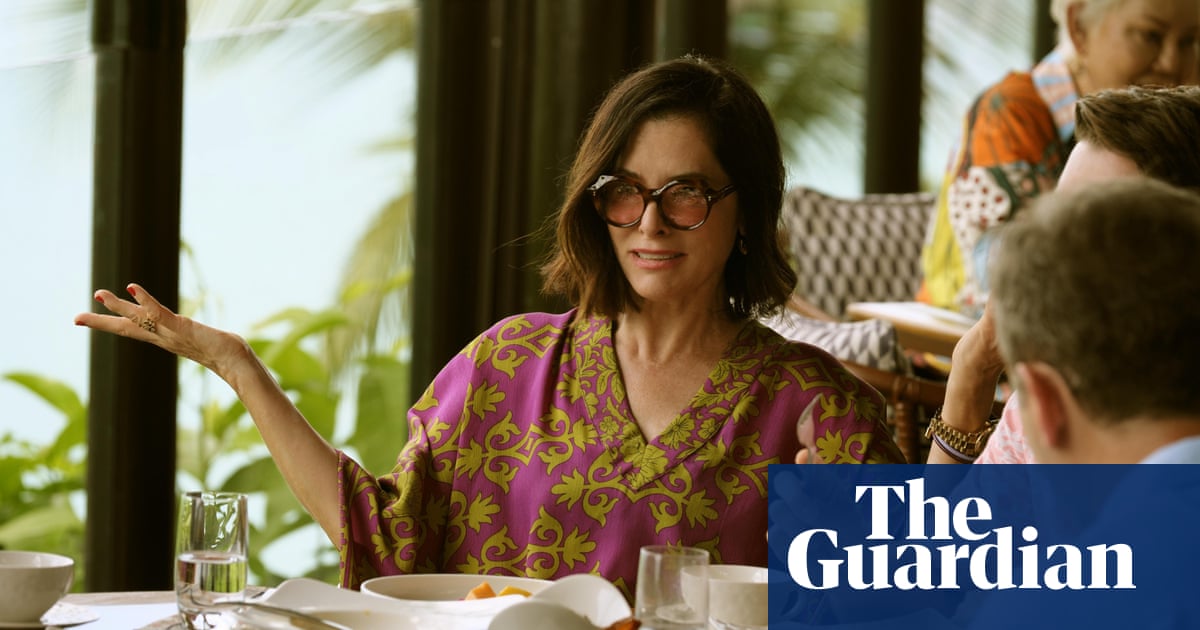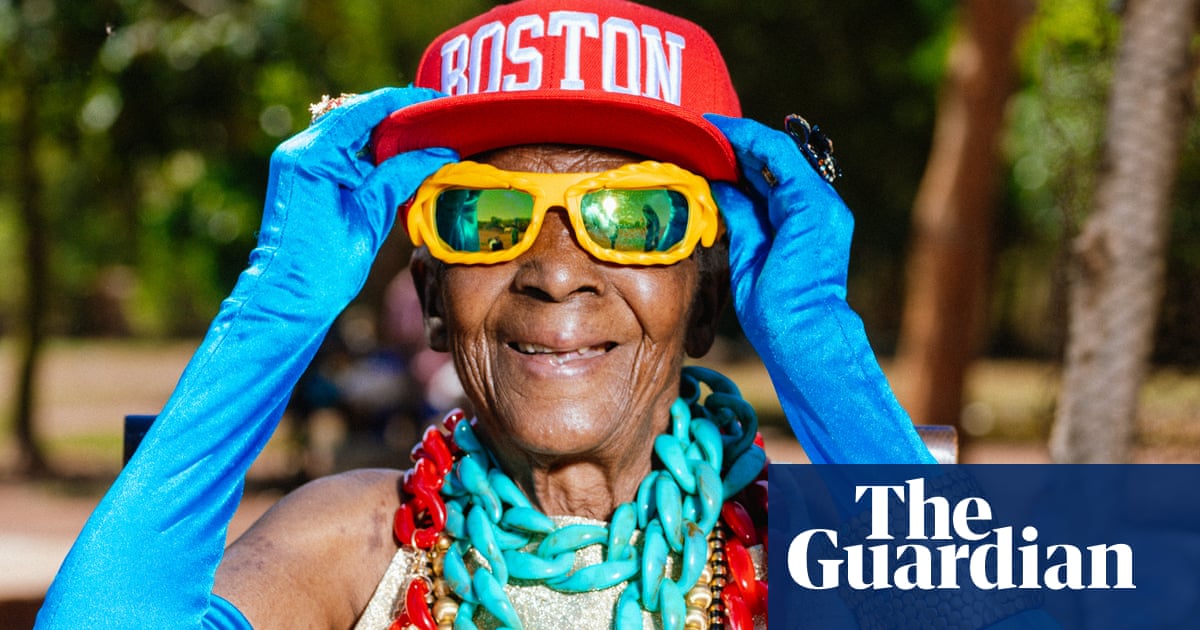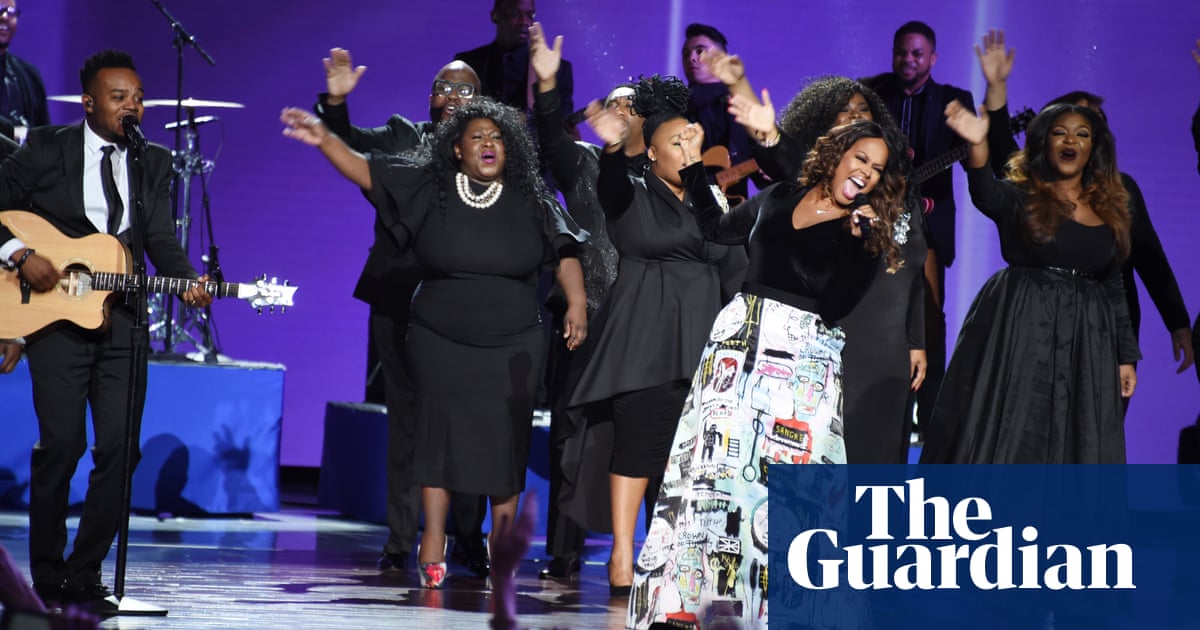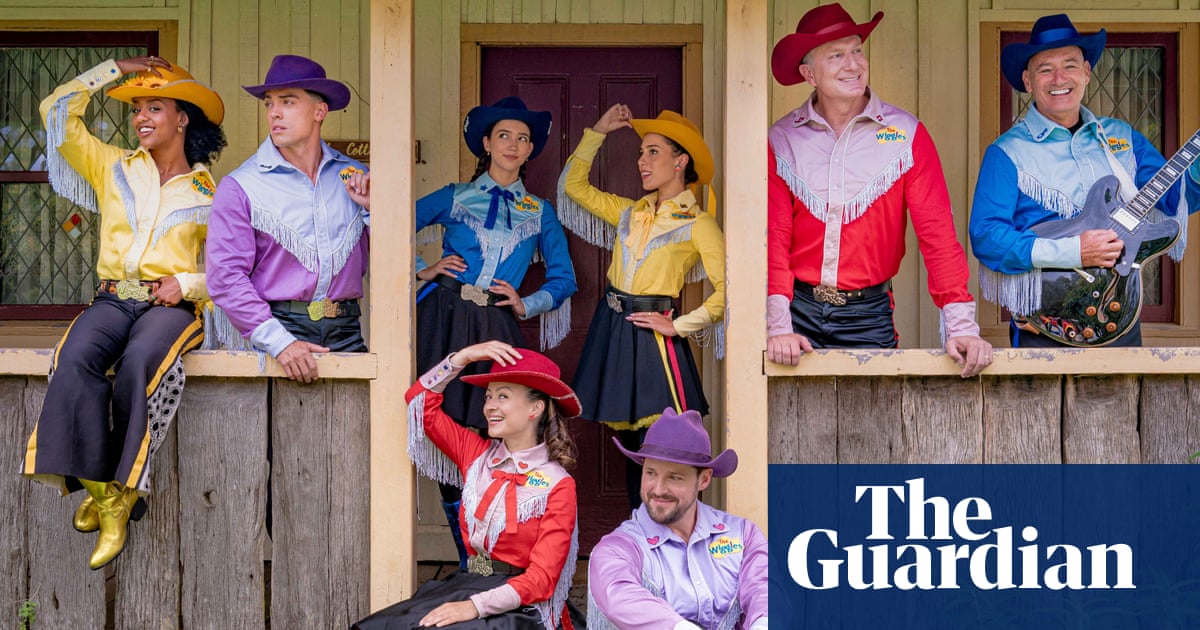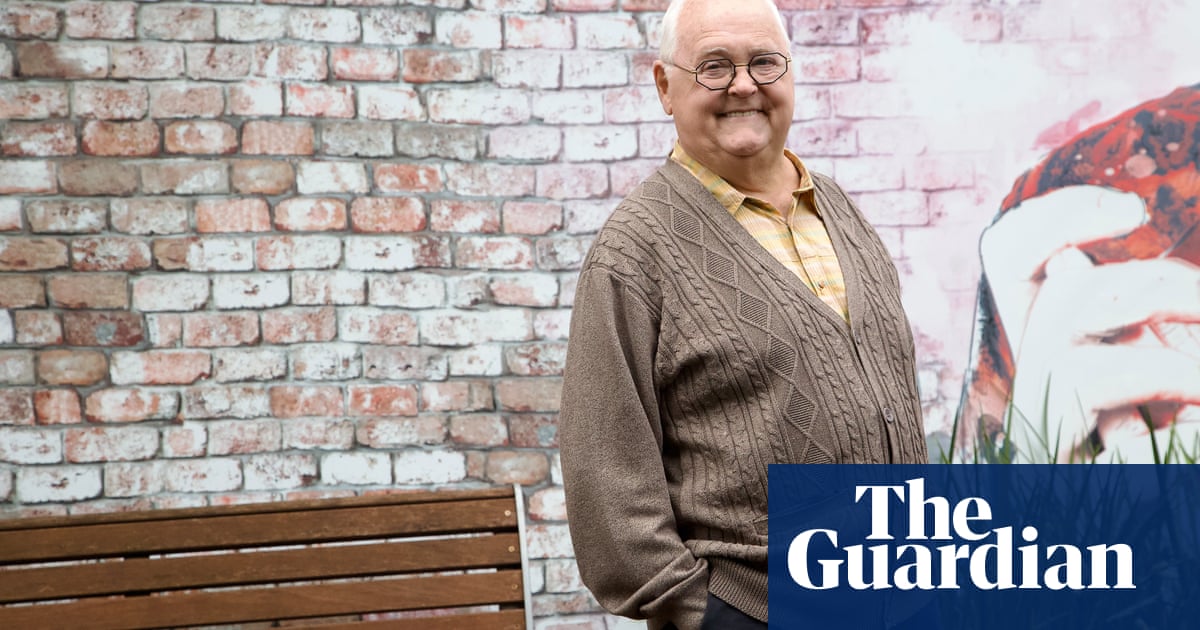
Salvador, Bahia, Brazil. In capoeira – an art form whose origins were carried across the Black Atlantic by enslaved people, but which developed and grew into a cultural form of resistance in Brazil – we sometimes wish each other axé (pronounced “ah-shay”). In doing so, we would be bestowing on our interlocutor life force, vitality or just positive energy in the capoeira roda (circle where capoeira is played) or in life.
The term is also used in Candomblé and Umbanda, syncretic afro-Brazilian religions with African roots. For me it also symbolises the ability to harness ancestral knowledge and energy to enrich the jogo (game of capoeira), embodying and paying tribute to those who kept the art form alive.
When I lived in Salvador for several months in the early 2000s, I would use the phrase a lot. It resonated with me; it unified me with my family of fellow capoeiras, whose identities found expression in the physical, musical and spiritual aspects of the art. We may have grown up on different laterals of the Black Atlantic, but we could meet and connect with our shared ancestry through the transcendent power of capoeira.
I hadn’t encountered the term in any other context, until I travelled to Savannah, Georgia, in the Sea Islands or Low country region of the US in September 2023. This was my first visit as programme director of the Legacies of Enslavement programme, an opening step in understanding how the Guardian could atone for its founders’ involvement in transatlantic enslavement.
We were participating in a Slaves in the City walking tour of Savannah, led by Sistah Patt Gunn, a Gullah Geechee elder and purveyor of an abundance of “axé”. I was overwhelmed to hear the word used during a theatrical reenactment that formed part of the tour. Looking back, I am not sure why I was so surprised.
“Àṣẹ” is a Yoruba term that can be used and understood in various contexts including to refer to divine power/energy and its manifestation, spirituality and light. It travelled with us, wherever we were enslaved. Across the Americas and Caribbean, where you will still find it in various iterations. I had found a valuable fragment, an ancestral connection, to a place I had never been to before, via my own attachment to Brazil.
—------
Savannah, Georgia, US. A city that receives 17 million visitors a year, who soak in its southern charm and historic sites. Few of these visitors seek out the unhidden histories of the enslaved people transported along the Savannah River, or those skilled blacksmiths who built the Freemasons’ Hall and adorned its surrounding ironwork with Adinkra symbols, or understand the true significance of the oldest town square where enslaved people were bartered and sold, which has no markers of this history.
This is what I learned about on Sistah Patt’s tour. And when I asked her, she explained that Gullah Geechee people use the term “axé” to mean “all will be well”.

—---
The Black Atlantic. This work has really awakened in me a sense of how much connections across the diaspora, and back to the mother continent, mean to those of us who want to repair the structural, psychological and moral harm that chattel slavery represents. There are intricate, interlocking ties between people of African descent reaching over, under and through the Atlantic Ocean, but also continuing beyond, and arcing around the world again.
The programme is traversing these intra- and interconnections. Moving from the Sea Islands of the US, it is engaging with descendant communities in Jamaica, in Manchester in the UK and also carrying out further research on Brazil to uncover more about the cotton trading connections of Guardian founders there.
New cultures, politics, religions and countries have been created through the trafficking and enslavement of our ancestors. We feel the pain. But there is also joy to be found. It has been clear from the hundreds of conversations we have had – at community level, with civil society organisations, campaigners and institutions – that centring this joy, reforging those ancestral connections, piecing together the ritualistic, linguistic, culinary, spiritual fragments of our forced displacement is part of repair.
And perhaps particularly so for those of us living diasporically in non-Black-majority countries. This is by no means the only common theme that has emerged. A desire to be able to create generational wealth is another critical one, which in itself is existential.
The objectives of the programme are to atone for the Guardian’s history, but also to share information and to raise consciousness of the realities and legacies of transatlantic enslavement. Two years after the programme was launched, we are still working through an engagement process to understand how the Guardian can make amends for its history, from the perspective of descendant communities. Then we must meet the challenge of identifying how the programme can respond.
So far, on the theme of diasporic connections, we have launched the Long Wave newsletter as a specific way to share news and stories about people of African descent globally. We have written about topics such as carnival and the hair industry, and covered cultural highlights across the Black diaspora.
From the feedback we have received, it is clear that you value feeling connected and introduced to a wider community. We have also announced a partnership with the Science and Industry Museum in Manchester to launch an exhibition in early 2027 on the city’s ties to cotton and enslavement. An important part of that will be highlighting the contributions of the Gullah Geechee people of the Sea Islands region in the US, and enslaved people in Brazil to creating the wealth that transformed Greater Manchester through cotton manufacturing. And involving Manchester’s Black African and Caribbean populations, and their own histories, in shaping the exhibition.
And we have the opportunity and privilege to seek to go further. To locate and venerate those valuable fragments of our shared heritage. To hold them up to the light. And as a capoeira, I would like us to make a roda, a circle nestled on top of the triangle. And let it be filled with axé.

.png) 1 month ago
28
1 month ago
28
